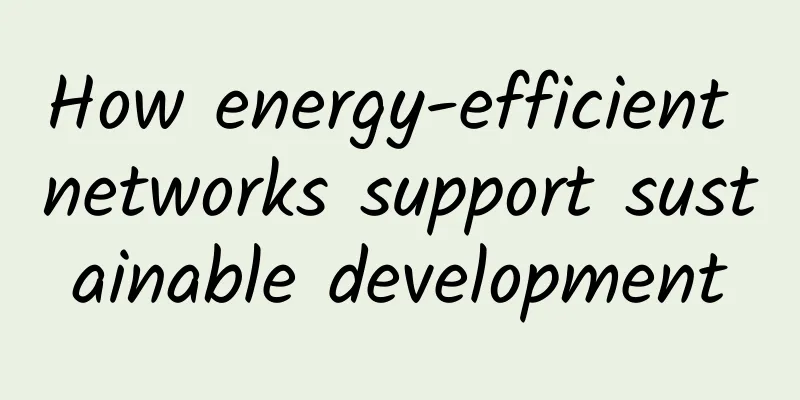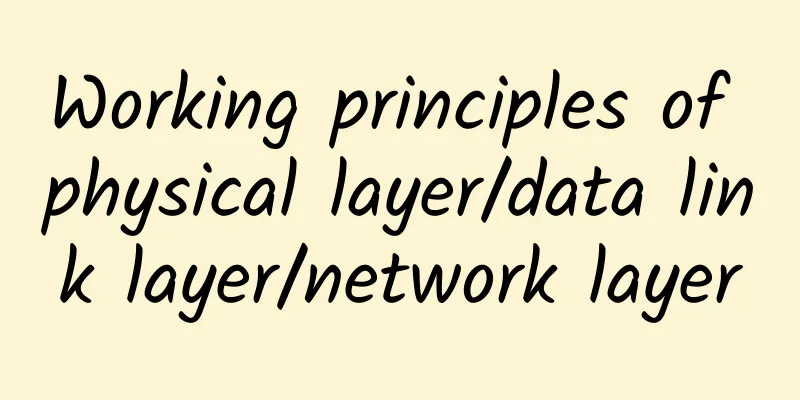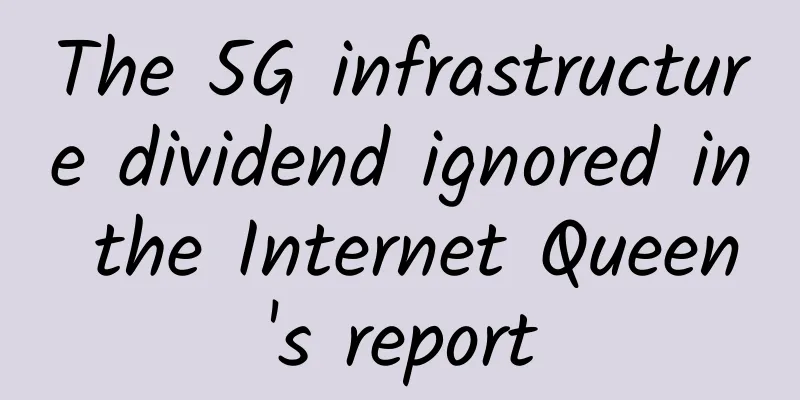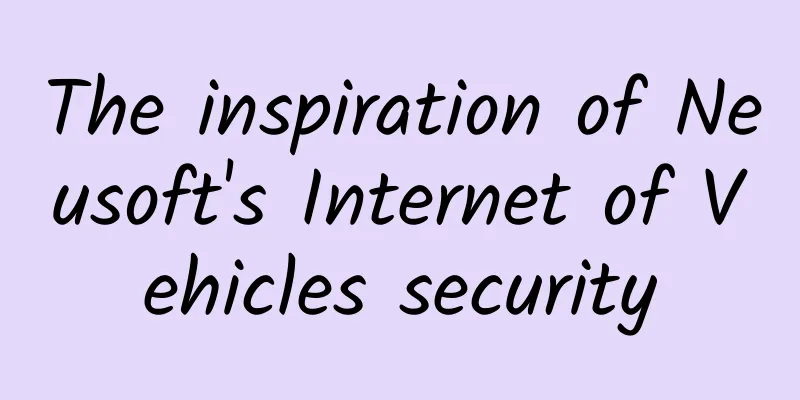How energy-efficient networks support sustainable development

|
As extreme weather conditions wreak havoc, companies are feeling the urgency of sustainability. Some have adapted to appease consumers and shareholders, while others have pledged to support environmental initiatives. Regardless of the business case, sustainability has become a priority for many companies. However, new research shows that most companies' initiatives are not enough to offset the environmental damage caused by carbon emissions. Critics argue that businesses are major contributors to greenhouse gas (GHG) emissions and must do more to combat climate change. A good place to start might be with the Internet, which accounts for a large portion of global emissions. Technology is a key tool for greening networks, communications and other areas of business operations.
“Some businesses are using at least one green technology or practice to make their processes more environmentally friendly,” wrote Matthew NO Sadiku, author of Emerging Green Technologies for Taylor & Francis Group. In 2021, Forbes estimated that 60% of businesses had already adopted sustainable practices. However, new reports suggest that these efforts are not living up to expectations. According to a February 2022 press release from the New Climate Institute, several companies claiming to be committed to sustainability were found to have falsified the scope of their initiatives. According to the report, 25 of the world's top companies pledged to reduce carbon emissions by only 40% - under the guise of a net zero carbon emissions target. Some typical sustainable business practices include reducing waste, using sustainable materials and supporting hybrid working. But experts believe these strategies are not enough. By implementing the green technologies that Sadiku discusses in his book, businesses may be able to minimize their environmental footprint to a greater extent. For example, ScienceDaily reports that information and communication technology (ICT) accounts for nearly 4% of global carbon emissions. According to Sadiku, wireless access network operations are a large part of ICT's environmental impact, creating 30% of the global mobile communications carbon footprint. Since both wired and wireless networks contribute a large portion of global ICT emissions, businesses with green networks can reduce their footprint on a larger scale. To some, green networks may sound unrealistic, as networks require a lot of energy to fully operate. For example, while some sources claim that 5G will play a key role in reducing greenhouse gas emissions for global companies, other sources point out that this claim has not yet been proven. 5G base stations require more than three times the power consumed by previous generation base stations, which shows that modern network technology may be more taxing on the environment. Although traditional network strategies are demanding, green network strategies do exist and this needs to start from the initial design of the network. Sadiku wrote that network teams can deploy energy-saving technologies in their network designs to support green network and communication strategies. Energy-saving networks support environmental protection and improve the overall efficiency of the network while reducing network management costs. Network teams can reduce energy consumption by:
From a network operations perspective, other green network technologies that improve energy efficiency and support sustainable development include network virtualization and server consolidation. Many vendors also offer products and services to support sustainable networks. In Chapter 10, "Green Communications and Networks," Sadiku identifies goals, strategies, and benefits for green telecommunications. In this Q&A, he discusses how energy-efficient network strategies can promote green networks and support sustainable development efforts. How do practices such as virtualization and server consolidation contribute to green networks?Matthew NO Sadiku: Virtualization can help you understand if the network is working in a way that does not pollute the environment. With server consolidation, the servers are no longer everywhere, but in the same place in the server center or data center, so there will be less pollution. There will be less pollution to the environment and less possibility of environmental degradation. What other strategies are there to promote green networks?Sadiku: The problem here is how the energy is generated. Any network requires energy, and the way you create the energy to support the network is critical and determines whether the network is environmentally friendly or not. For example, using solar energy will not cause environmental degradation because you are taking energy from the sun. However, if you use oil or natural gas to produce energy, it will cause pollution. What are the challenges of combining energy-efficient technology with the network, and how does the team overcome it?Sadiku: Once you build a system, it’s very hard to modify it and do what you want to do because anything you design is designed with business in mind. The problem is that over time, the system may not be compatible with future networks and new technologies. New things are coming out every day, so if you design a system today, it may only be used in about five years. Everything will change. Old networks (or node devices) will not work properly with new technologies. The only way to overcome this is to think about future technology. When you design something, it should be designed not just for today. If you want it to last as long as possible, you have to understand where technology is going and design your system accordingly. |
<<: How to Choose an Ethernet Cable
Recommend
Four tips for smart building integrated wiring that you don’t know!
Smart buildings are gradually showing the intelli...
Promoting the large-scale development of 5G applications
By the end of last year, the number of 5G base st...
Building a new digital paradigm and creating new industry value | Huawei works with partners to create and promote 100 typical scenario-based solutions
[Shanghai, China, September 23, 2020] During HUAW...
Understanding the 5G industry chain in one article
Hello everyone, I am Xiaozaojun. Today I would li...
Rethink Research: Private 5G deployment will be faster than public 5G
Private 5G network deployments will surge faster ...
The decline in operators' ability to generate revenue will affect the rapid deployment of 5G
The report on the economic operation of the commu...
Is blockchain the next big thing? But it can easily fail if you’re not careful
On December 17 last year, according to the Bitcoi...
Fiber Optic Cable Types and Installation Tips
Expanding the presence of fiber optics has become...
Ten tips to increase page browsing time
[51CTO.com Quick Translation] Increasing the brow...
Tencent Cloud Double 11 cloud server annual payment starts from 88 yuan, get 1111-8888 yuan voucher
Tencent Cloud launched the 2023 Double Eleven eve...
Yunhai: A complete cloud server management system developed based on JAVA+NET
As we know, Standard Interconnect is a business t...
The impact of drone technology and use cases
Before we dive into the ways drones can make the ...
2017 Network Technology Outlook: No Breakthroughs, Only Evolution
It has to be admitted that no one can live withou...
When you "ping", do you know the logic behind it?
[[262430]] When we encounter a network outage, we...
Diagram: Page replacement algorithm
[[398509]] This article is reprinted from the WeC...









